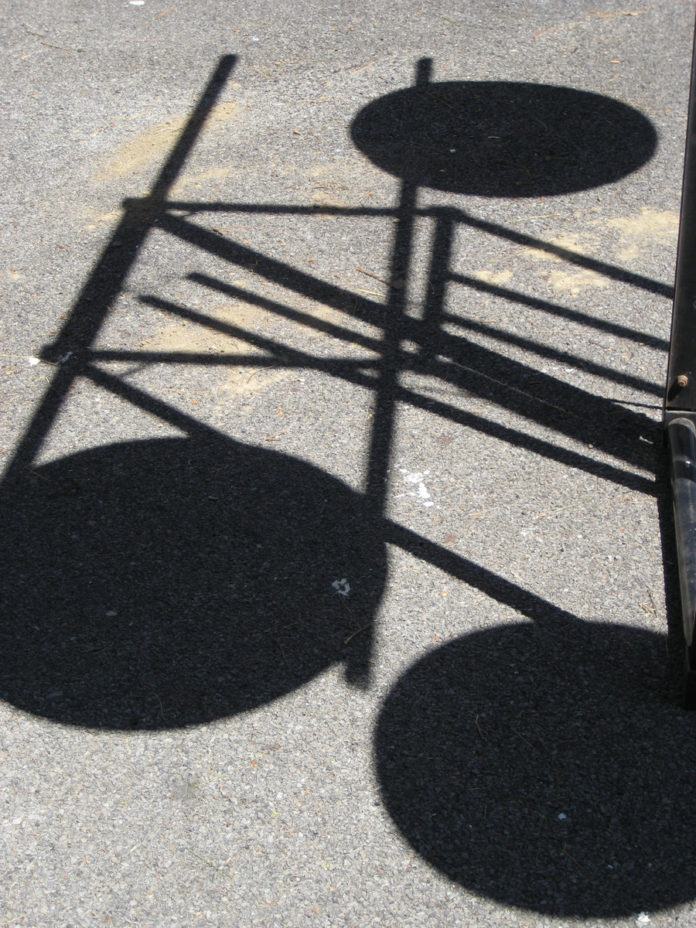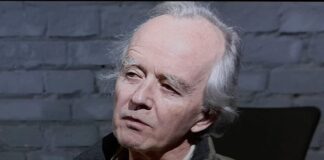The Rationale for a Space Telescope, the latest release from If, Bwana, includes four tracks featuring my electronically processed contrabass.
If, Bwana is Al Margolis’s electroacoustic music project, which has been active since 1984. Starting with samples of various sorts—often classical acoustic instruments—Al creates compositions using collage, overdubbing, time stretching and other constructivist and process-oriented techniques that result in original works remarkable for being faithful to, while utterly transformative of, their original sources.
The contrabass seemed like a natural subject for If, Bwana’s treatments. I was deeply impressed with Al’s work with solo bassoon—his treatment of Leslie Ross’s bassoon on the Red One release, for example, showed a great sensitivity to the austere beauty of a low-pitched, single line instrument. Even after augmentation with electronic processing, the essential voice of the instrument came through. It took very little for me to imagine that Al’s insights into the bassoon would easily extend to my own instrument.
Our collaboration was done at a distance via the exchange of electronic files. I would record a track and then send it off to Al via the web; he would then process it. I recorded pieces that I thought would lend themselves to collage and construction—a piece structured around an informal series of multiphonics; a tone row borrowed from a work by Webern, which I liked because of its sequences of minor seconds and major thirds; a free yet melodic improvisation moving through several scales and modes. These recordings then became the basis for Al’s studio assemblage.
The finished compositions were built up from excerpting, layering, juxtaposing and otherwise treating my original performances, which introduced an emergent and often unexpected harmonic and polylinear complexity. Al’s processing was responsible for the formal organization of the pieces—the phrasing, harmonies, textural densities, and so forth. The interaction of the overlapped and processed individual lines created a soundworld of sonic thickness and harmonic tension that made explicit what was implicit in the source recordings. What was most striking for me was how the bass was brought into contrapuntal dialogue and trialogue—and more!—with itself, but at the heart of it all the characteristic gravitas of its native language was still unmistakably present.
Listening back to the four tracks I’m on brings to mind a painting by Franz Kline, with its crisscrossing of lines—and the sometimes jarring confrontations that occur when lines intersect– interventions of negative spaces, and occasional bursting forth of surprising color against an intricate black and white field.
Postscript, 17 September 2014:
The compositions, it turns out, lend themselves well to live performance. At Pyramid Atlantic in Silver Spring this past weekend, Al and I performed two pieces from the release. One of them, 4 Dock PO, is a composition Al created from sound samples taken from Nathan Bontrager’s cello, to which I improvised a sarangi-inspired solo line. A video excerpt from that performance can be seen here.







